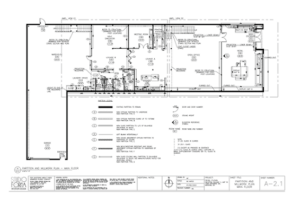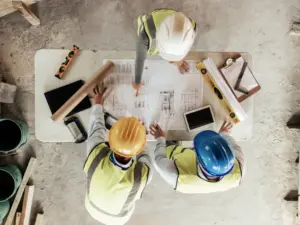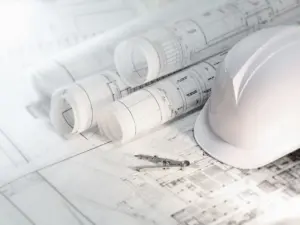In the construction and interior design industry, the collaboration between contractors and design firms is essential for achieving outstanding results. When contractors team up with talented interior designers, they create an environment where innovation and practicality meet. This partnership not only enhances the quality of the final product but also streamlines the entire process, ensuring that projects run smoothly and meet client expectations.
The Power of Collaboration
- Early Engagement: Bringing designers into the project from the start ensures that everyone is aligned on the vision, reducing misunderstandings and facilitating a smoother workflow.
- Aligned Goals: Contractors and designers work together to define the project’s scope and aesthetic, paving the way for seamless execution that brings ideas to life.
Mastering the Permit Process
- Navigating Regulations: Designers possess a deep understanding of local building codes and can guide contractors through the maze of permits and approvals required for each project.
- Time-Saving: Their expertise not only saves contractors valuable time but also minimizes the risk of costly delays, keeping projects on track.
The Design Advantage
- Creativity Unleashed: Partnering with designers opens the door to innovative ideas that enhance both functionality and visual appeal, setting projects apart in a competitive market.
- Trend Savvy: Designers are always in tune with the latest trends, ensuring that projects reflect contemporary styles and meet client expectations.
Technical Precision
- Detailed Documentation: Designers provide comprehensive project documentation, including:
- Fewer Mistakes: This level of detail minimizes confusion on-site, allowing contractors to focus on what they do best—building stunning spaces!
Fun Facts about Successful Partnerships
- Happy Clients = Repeat Business: Contractors who collaborate with design firms often see increased client satisfaction, leading to more referrals and future projects.
- Showcasing Talent: Working alongside designers allows contractors to showcase their skills, attracting new clients and exciting opportunities.
A Celebration of Success
From breathtaking residential renovations that turn houses into dream homes to impressive commercial spaces that elevate businesses, the success stories are countless. Contractors who embrace the power of design partnerships find themselves not just completing projects but creating lasting impressions that resonate with clients.
The bond between contractors and interior design firms is a match made for success. Together, they create a harmonious blend of practicality and creativity that leads to extraordinary outcomes. As the construction landscape continues to evolve, this collaboration will remain a cornerstone of excellence. So, let’s raise a toast to the amazing projects born from this winning partnership—may the future be filled with even more spectacular transformations!
Frequently Asked Questions (FAQ):
How do Interior Designers master the permit process?
Knowing the Code Inside and Out.
- Stay updated on local building codes, zoning laws, and safety regulations to ensure designs meet all legal requirements.
- Understand accessibility standards (e.g., ADA compliance) and fire codes that affect layout, materials, and egress planning.
Providing Detailed Drawings & Documentation
- Create comprehensive construction documents that include structural, MEP (mechanical, electrical, plumbing), and millwork details.
- Ensure all required specifications, materials, and compliance notes are clearly outlined, reducing permit rejections.
Coordinating with Engineers & Architects
- Work closely with structural engineers and architects to confirm design feasibility and compliance before submission.
- Address potential red flags early so adjustments can be made before official review.
Streamlining the Approval Process
- Submit a complete and well-organized permit package to prevent delays caused by missing information.
- Maintain relationships with city officials and permit reviewers, which can help expedite the process and clarify requirements when needed.
Managing Changes & Inspections
- If changes arise, handle revision submissions efficiently to keep the project moving.
- Prepare for and facilitate inspections, ensuring that the work aligns with approved plans and meets code requirements.
A well-prepared interior designer reduces back-and-forth, saves time for contractors, and ensures that projects move forward without unnecessary setbacks.









